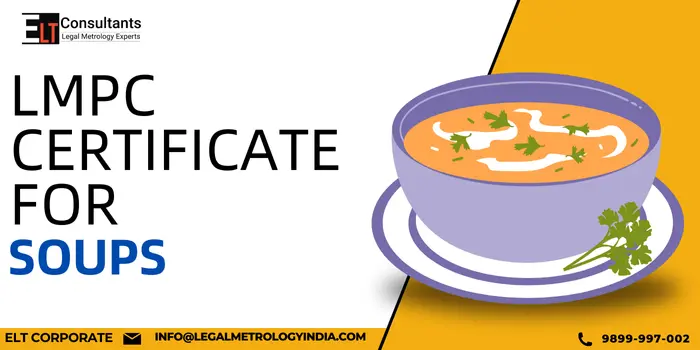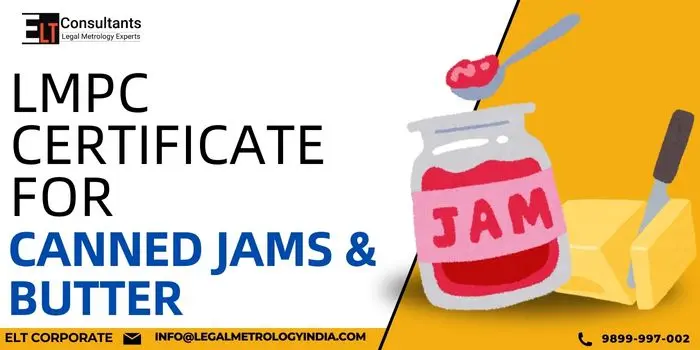In this article we will discuss the role of legal metrology, particularly in the food industry. There are various functions of the legal metrology department. Let’s discuss in brief what legal metrology is. Legal Metrology is the bone of legal requirements to measurements and measuring instruments. Measurements play an important role in our daily lives, and sometimes consumers don’t even notice them. For example,
- We monitor speed;
- We fill our vehicles with fuel according to value;
- We buy vegetables, cereals, and meats according to how they are measured; and the list is never-ending.
There are a few guidelines given by the department of consumer affairs that deal with measuring and measuring instruments. The Legal Metrology Act of 2009 applies to all food products, and its purpose is to ensure consistency and accuracy in weights and measures across all products. So, we will discuss all about the legal metrology in the food industry. Also, there are different Role of Legal Metrology in Food Metrology in the Food Industry.
What is the relation between Legal Metrology, Consumer & Food Industry?
- The last thing that regularises Legal Metrology and how the consumer is ensured that he’s safe with the market and gets the correct weight and measure is the Legal Metrology provisions and their various implications for the consumer. Let us first understand the relation between legal metrology and consumer.
- Metrology refers to signs of measurement which acts like a safeguard to the interest of the consumer.
- Legal Metrology is a branch of metrology that deals with the unit of
- weight and measurement,
- method of weight and measurement,
- weighing and measuring instruments in relation to the mandated technical and legal requirements that have the object of ensuring public guarantee from the point of view of security and accuracy updates and measurement.
- So essentially, legal metrology deals with weight and measurements of the balance of products that consumers are buying.
Food Industry & Legal Metrology Rules enacted by government
Now, in order to ensure uniform enforcement of laws relating to legal metrology, the government has enacted the following rules:
- The first is the Legal Metrology general rules of 2011.
- The legal metrology packaged commodity rules of 2011.
- The legal model approval rules of 2011
- The legal metrology national standard rules of 2011
- The legal metrology numeration rules of 2000
- There were the Indian Institute of Legal Metrology rules of 2007.
- Then we have the Legal Metrology approved test centre rules of 2013
- The state legal metrology enforcement rules of 2011
So we had around the above mentioned rules that followed the legal metrology act of 2009, which really with these rules have made this act operational.
Essentials of Legal Metrology in the Food Industry
Legal Metrology has a wider scope than the people generally know about it. Now let’s dive deep into the essentials of legal metrology in the food industry.
- The name and address of the manufacturer are the most important parts of legal metrology in the food industry, as the brand and the consumer need to put their names on the packaging of the product.
- The complete email address, contact no. and the addresses of the packer, importer, and manufacturer should be declared clearly on the package of the commodity.
- The address must contain the following information: Place of the origin, manufacturer and packager complete details along with manufacturing details, city and state with the pin code.
- Secondly, the indication with regards to the red and green dot on the package of food commodities is also an important thing to mention on the packaging according to the labelling and display regulations 2020 from FSSAI. In order to Avail Labelling Consultation you can contact elt legal metrology consultancy.
- It is mandatory to tell the automation during the months and years of manufacturing, either in numbers or words.
Retail Sale Price in Food Industry
- All of us look for the MRP of the product before buying it. Consumers should know about the maximum price at which the product may be sold to the customer, and it should be declared on the product according to the given guidelines under Legal Metrology packaged commodity rules.
- In the case of beverages, the retail sale price must be shown on the cap of the bottle.
- Other than this, the net quantity must be printed on the path in a contrasting colour to the labelling background.
Declarations on Wholesale Packages
LMPC Declarations are mandatory on a wholesale package. Wholesale is a package that contains the following details:
- Complete name and address,
- Total number of retail sales,
- The packages in the wholesale pack also contain net quantity, which is the number of packets with the weight as you must have seen on a few boxes of the commodity.
- For example: that one pack of eggs is multiplied by the total number of retail packs on the package of the commodity
What is the Role of Principal Display Panel in LMPC
- Under (Legal Metrology packaged commodity) LMPC Principal display panel plays an important role. It is a part of the package or container that is likely to be shown or inspected by the customer under normal conditions of display.
- The purchase of the food article contains all the required details, should be correctly shown on the package and must be clear and prominent.
- This information must be in Hindi or English.
- All food products should follow FSSAI regulations along with our discussed rules under legal metrology in the food industry for the food products to be 100% prominent.
Amendment of Constitution in law of weights and measures
Central amends legal metrology packaged commodity rules, 2011 and The 42nd amendment of the constitution that dealt with the implementation of the law relating to weights and measures in the following terms:
- Establishment of standards of weights and measures under union list entry 50.
- Second weights and measures except establishment of standards under concurrent list.
- The most important law is the Legal Metrology Act of 2009. We also had an act earlier, which is known as the Weights and Measures act.
- As of now we have the legal methodology act of 2009. Further, It is an active act that regulates weights and measurements in the country.
- This is the most important act that really regulates weights and measures in the country. It was implemented with effect from April 2011, which is a combination of essentially the two previous legislations.
- That is the standard of weight and measure act of 1976, and the standards are the weight informed enforcement act of 1985.
- So, these two acts were in fact merged and superseded, and
- Essentially you have the legal metrology act 2009 which came into force in 2011.
Legal Metrology Institute and Centres
We have the Indian Institute for Legal Metrology officers that essentially embark on capacity building in the area of legal metrology. There are a large number of test centres in the country that are approved by the legal metrology department. It is important to note that all the products are tested in the legal metrology centres and brought to the market



